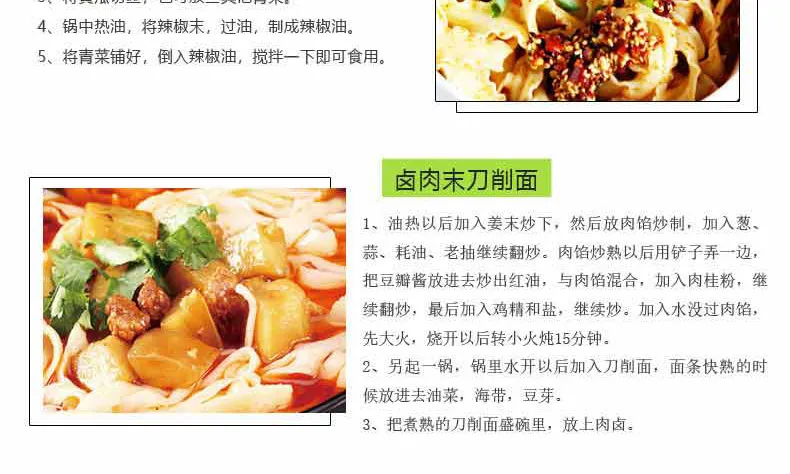what's the difference between egg noodles and pasta
Understanding the Difference Between Egg Noodles and Pasta
When it comes to culinary delights, few ingredients are as beloved and versatile as noodles. Among the various types of noodles, egg noodles and pasta are two popular options that often get conflated or confused. While they share some similarities, they have distinct characteristics that set them apart in texture, flavor, and culinary uses.
Composition
The primary distinction between egg noodles and pasta lies in their ingredients. Egg noodles, as the name suggests, are made with eggs, flour, and water. The inclusion of eggs gives these noodles a rich, yellow hue and a unique flavor profile. They can be made with different types of flour, but the most common is wheat flour. The richness from the eggs contributes to a chewy texture that is both satisfying and hearty.
On the other hand, traditional pasta is typically made from durum wheat semolina and water. This combination results in a lighter color, often pale beige or off-white, and a different texture. While some pasta varieties might include eggs—such as fresh pasta—most dried pasta does not contain them. The absence of eggs gives pasta a firmer bite and a taste that is more neutral compared to egg noodles.
Texture and Cooking
Texture is another area where egg noodles and pasta diverge significantly. Egg noodles tend to be softer and more tender than their pasta counterparts, making them ideal for dishes that require a silky quality. They are often used in recipes like chicken noodle soup, stir-fries, or casseroles, where their ability to absorb flavors and blend with other ingredients is treasured.
In contrast, most pasta types, especially those made from durum wheat, have a firm and al dente texture when cooked properly. This structural integrity allows pasta to hold up well in various dishes, particularly in traditional Italian recipes like spaghetti, lasagna, or fettuccine alfredo. This difference in texture influences cooking times; egg noodles generally cook faster than dried pasta, which may require a longer boil to reach that perfect al dente state.
what's the difference between egg noodles and pasta

Flavor
Flavor plays a crucial role in choosing between egg noodles and pasta for a particular dish. With the addition of eggs, egg noodles offer a richer and slightly sweeter taste compared to pasta. This naturally enhances the flavors of sauces and ingredients with which they are paired, making them a popular choice in comfort foods and Asian cuisine.
Pasta, particularly when made from durum wheat, has a milder flavor. Its neutral taste is versatile, allowing it to shine in various tomato-based sauces, creamy concoctions, or even simple garlic and olive oil recipes. The subtle flavor of pasta often acts as a backdrop that allows the accompanying ingredients to take center stage.
Culinary Uses
Culinary uses for egg noodles and pasta are diverse, yet they often cater to different types of dishes and cuisines. Egg noodles are frequently found in Asian dishes such as lo mein and chow mein, as well as European fare like spaetzle. Additionally, their flexibility allows them to adapt well to casseroles, providing a comfort food experience.
Pasta, on the other hand, is synonymous with Italian cooking and is used in a myriad of dishes—from classic spaghetti and meatballs to baked ziti. Its various shapes, including penne, fusilli, and farfalle, are designed to hold sauces differently, enhancing the dining experience.
Conclusion
In summary, while egg noodles and pasta may appear similar at a glance, their differences in composition, texture, flavor, and culinary use make them unique. Both types of noodles offer a wonderful variety of cooking options and are staples in their respective cuisines. Understanding these distinctions allows cooks and food lovers alike to choose the right type of noodle for their dish, enhancing both flavor and presentation.
-
Unleash Your Inner Chef with Delectable Italian Pasta CreationsNewsAug.01,2025
-
Savor Health and Flavor: Irresistible Soba Noodles for Sale Await!NewsAug.01,2025
-
Nourish Your Body with Premium Organic Ramen - A Culinary Delight AwaitsNewsAug.01,2025
-
Elevate Your Dishes with Our Exquisite Kinds of Egg NoodlesNewsAug.01,2025
-
Dive into Flavorful Convenience with Our Ramen OfferingsNewsAug.01,2025
-
Discover Exquisite Types of Naengmyeon and Chilled Soba NoodlesNewsAug.01,2025
-
Is Whole Wheat Pasta Healthy?NewsMay.30,2025
Browse qua the following product new the we

















































































































